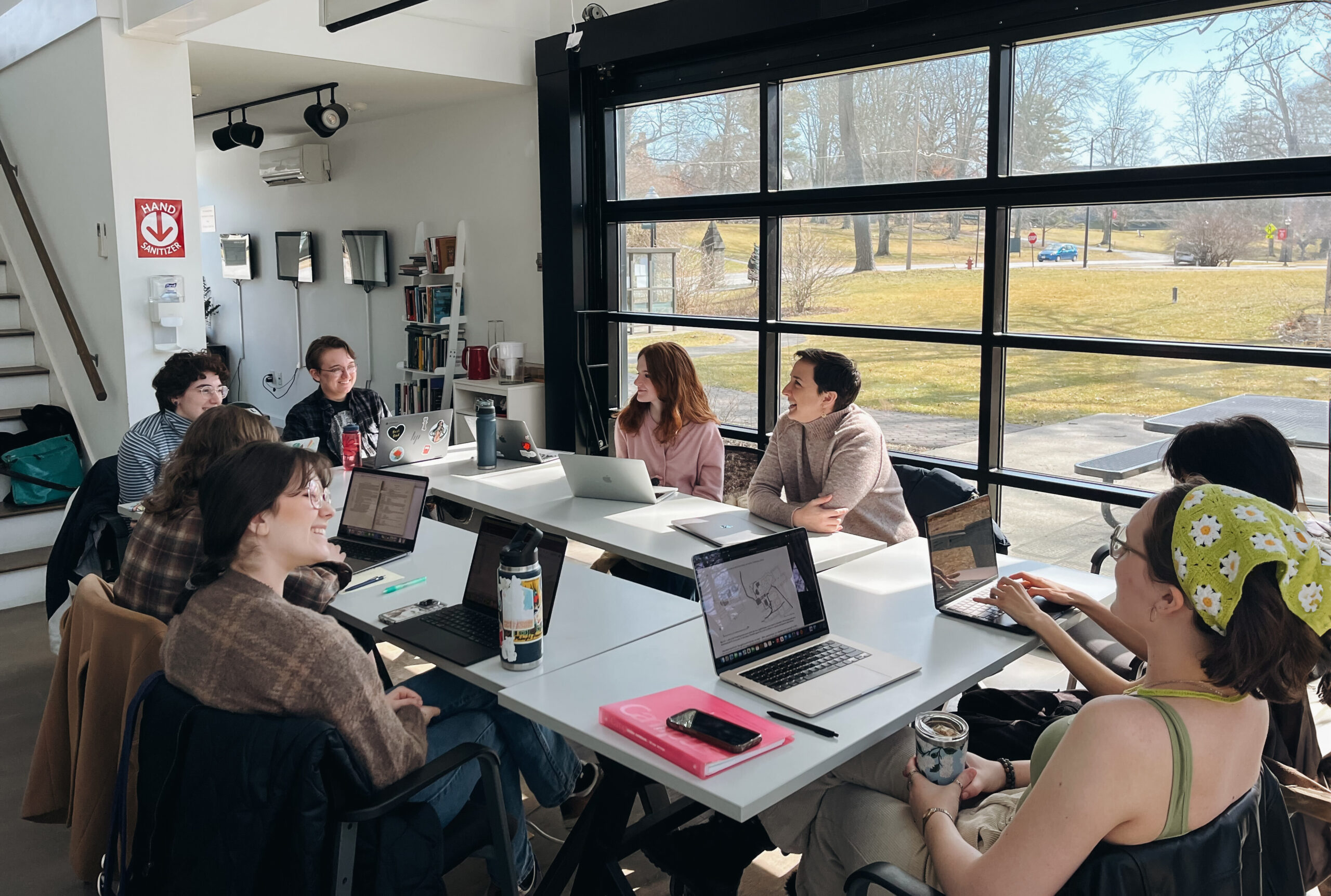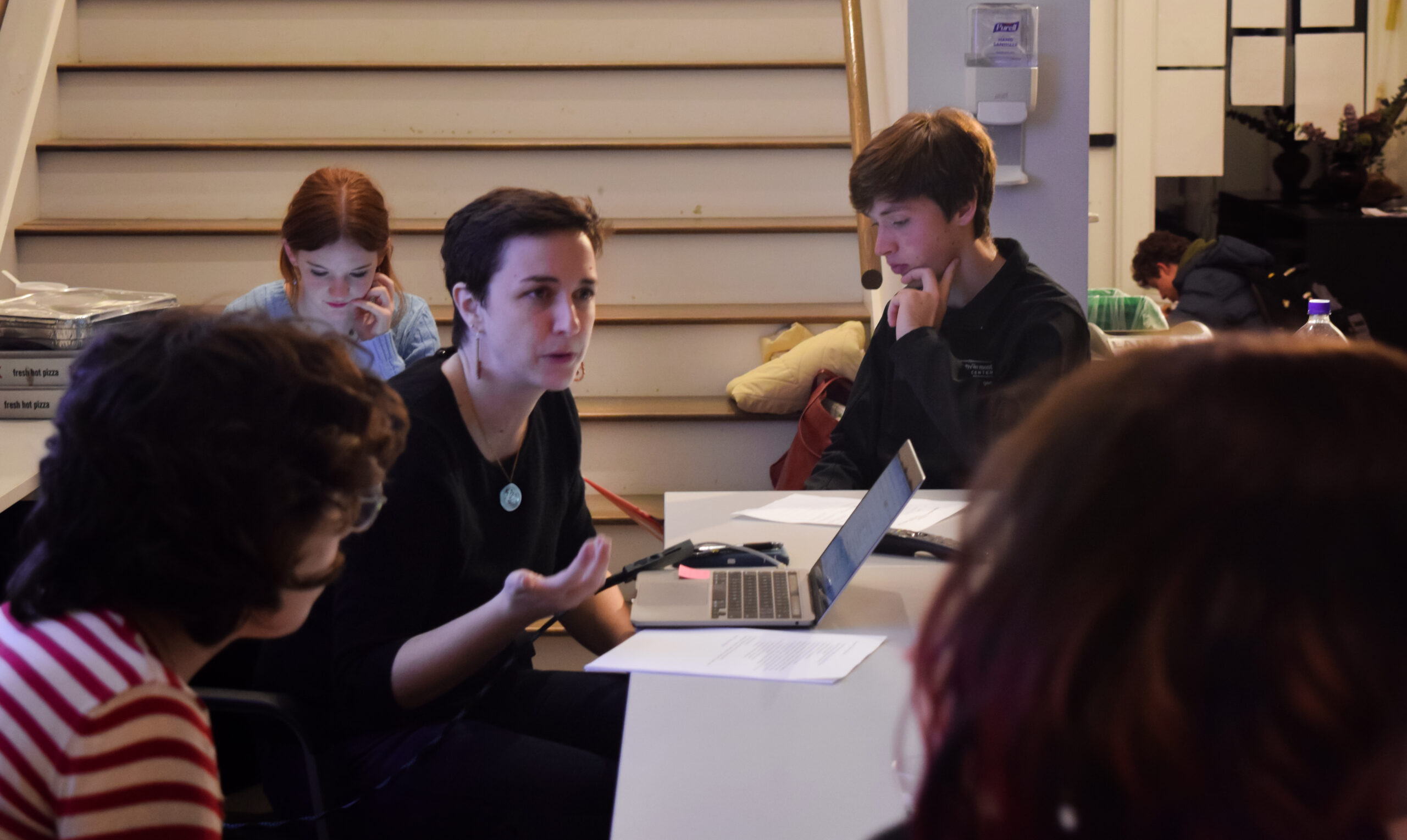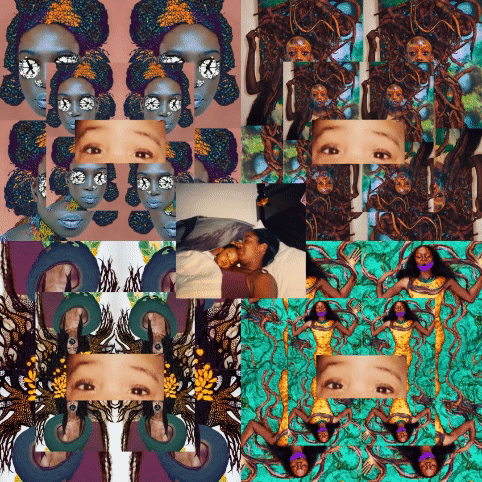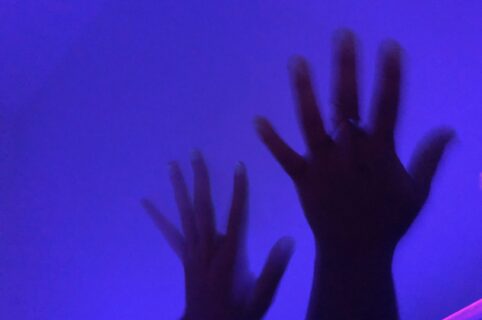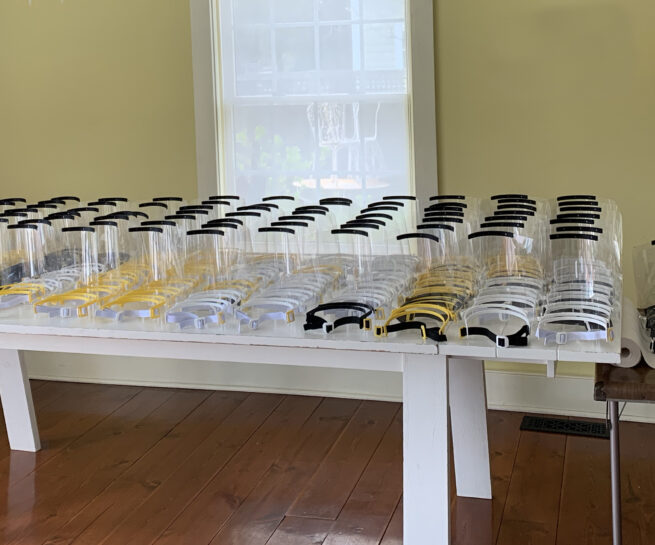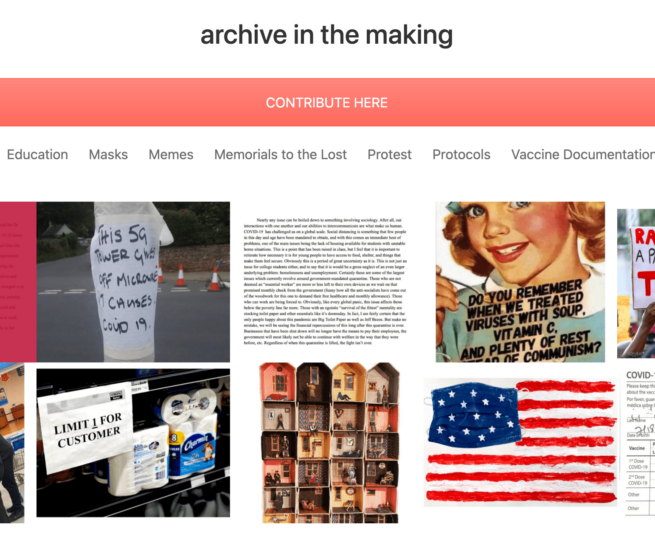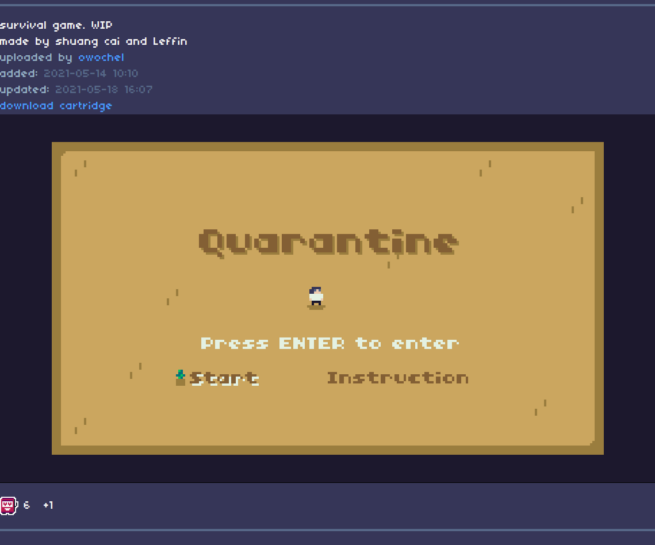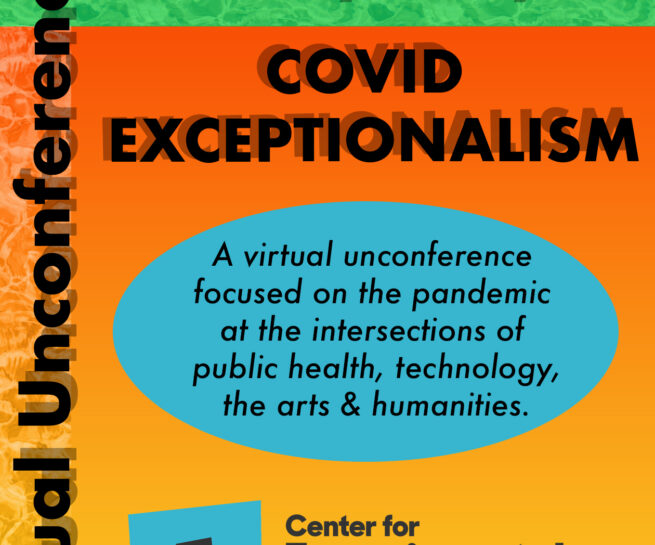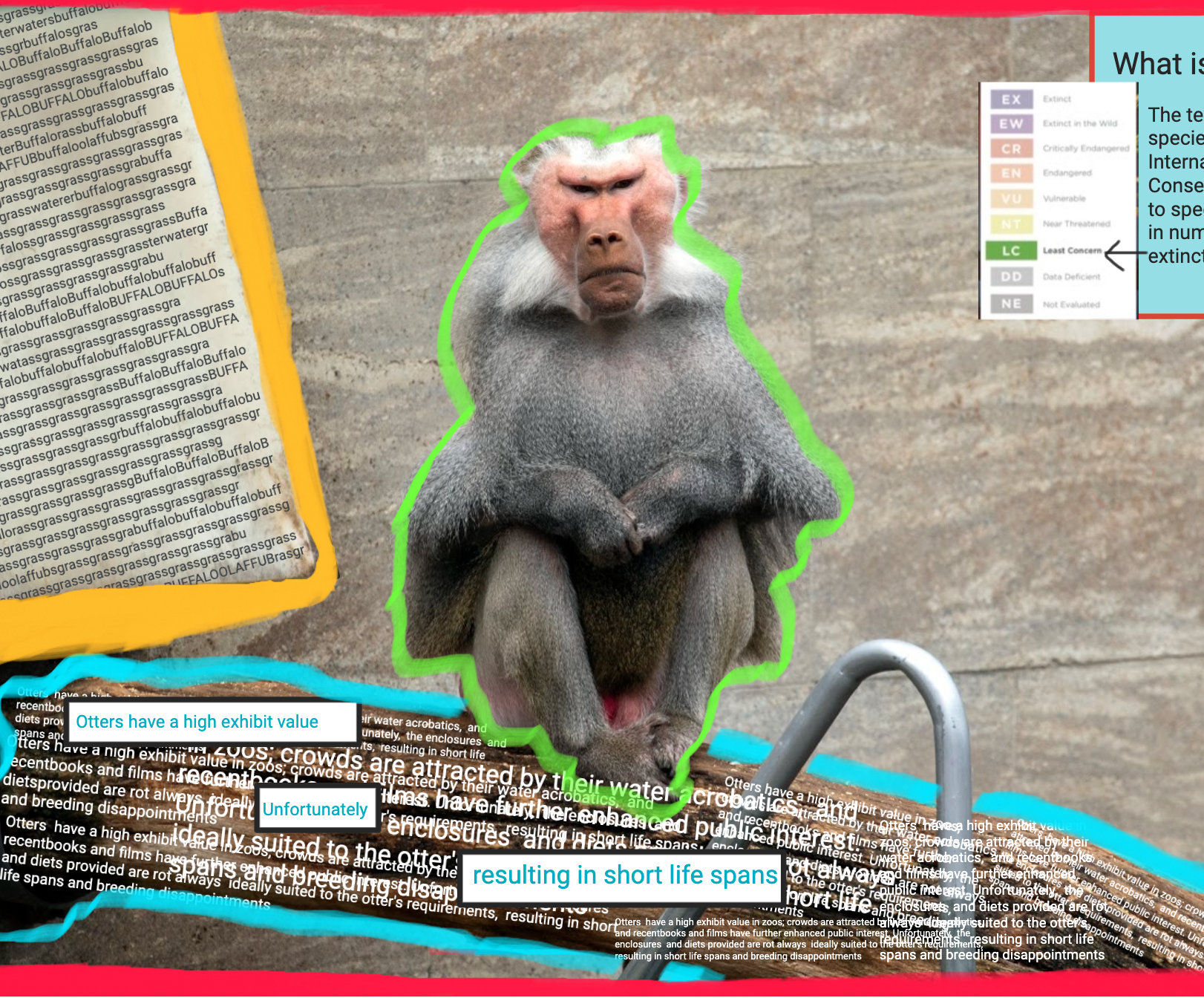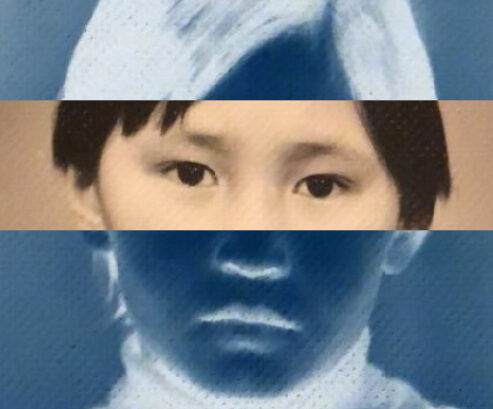IDEA Lab
In ongoing conjunction with the International (Digital) Dura-Europos Archives, the Center for Experimental Humanities (EH) is proud to present the IDEA Lab at EH, a biweekly workshop facilitating student-led research at the intersection of the humanities and data science. The IDEA Lab at EH provides students with hands-on experience and internship opportunities in the developing field of digital archiving in GLAM (Galleries, Libraries, Archives, and Museums) settings. IDEA and Linked Open Data aim to create an accessible, multi-lingual future of information management. Within the context of Wikidata, students learn to use the format of Linked Open Data, an information system emerging as the “best practice” in GLAM organizations as they update their materials for the digital age. Students working in the on-campus IDEA Lab are uniquely positioned for internship opportunities, and help humanities researchers look to the future while simultaneously re-integrating the past.
IDEALab Leader/Coordinator: Anne Hunnell Chen
IDEALab Peer Mentors: Samantha Simon ‘26 and Leah Neuberger ‘27
Learn more about the project: https://duraeuroposarchive.org/


